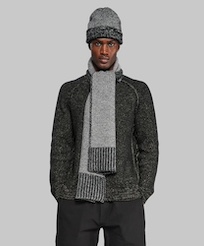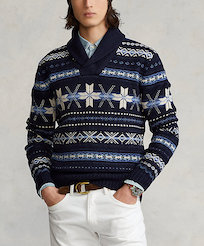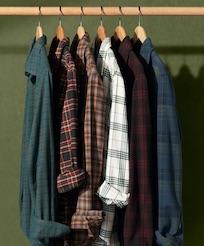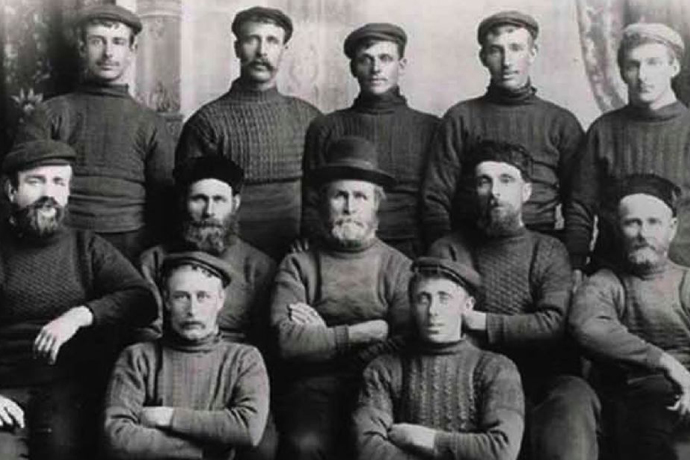
Some articles of clothing and footwear are so ubiquitous that it’s hard to imagine them ever having not
existed. We’re talking your Converse All-Stars, your aloha shirts and your peacoats. Such is their
cultural importance, or utility, or both, that you never think of them as having been “invented,” but of
course they were.
Winter has its own set of pantheonic heroes. And despite a certain open-source encyclopedia’s claims that one of the following items “became unpopular and was associated with geeks and nerds” in the ’80s, time has shown them to be fundamental to getting through the dark, cold months. Here’s a brief education on three of the all-time winter classics.
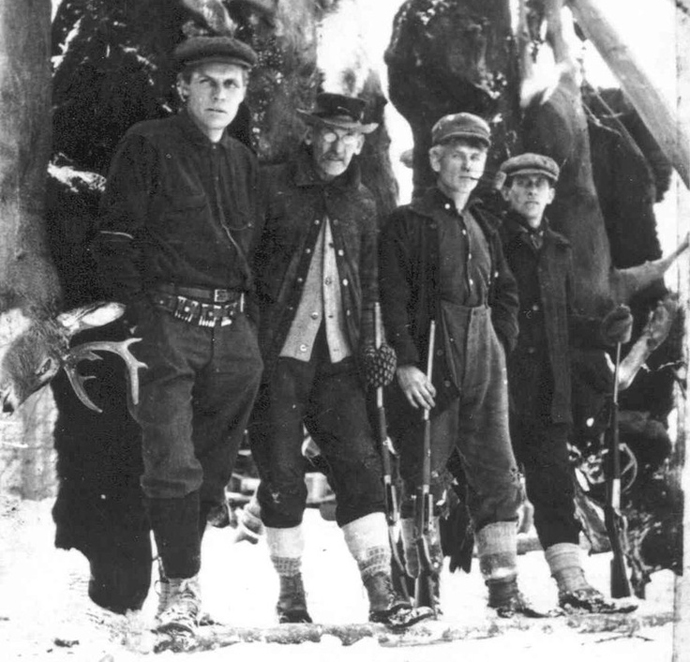 The Bean Boot (Maine Hunting Shoe)
The Bean Boot (Maine Hunting Shoe)
Origin: Also widely known as the Duck Boot, it’s probably the most recognizable piece of winter gear out there, worn by women and men alike. It was designed in 1911 by Leon Leonwood Bean (no wonder he just used the initials) himself as a means of keeping his feet dry on hunts. It’s one of the world’s few essentially flawless designs and it still regularly sells out.
You could: Track a bull moose for three days, living on nothing but your wits and some meat you cleaned and dried yourself.
You will: Arrive at the office with dry, toasty socks, and continue on with your day.
Here’s a good one:
 Well, there’s just the one.
Well, there’s just the one.
 The Snorkel Parka
The Snorkel Parka
Origin: The modern version was created for the US military in 1959 by Alpha Industries and meant to be worn by pilots and ground personnel in climates as low as minus 60 degrees F.
You could: Hike to the South Pole.
You will: Bravely forego cabs, cars or public transportation and make treks of up to a third of a mile through the harsh brumal conditions of your particular urban center.
Here’s a good one:
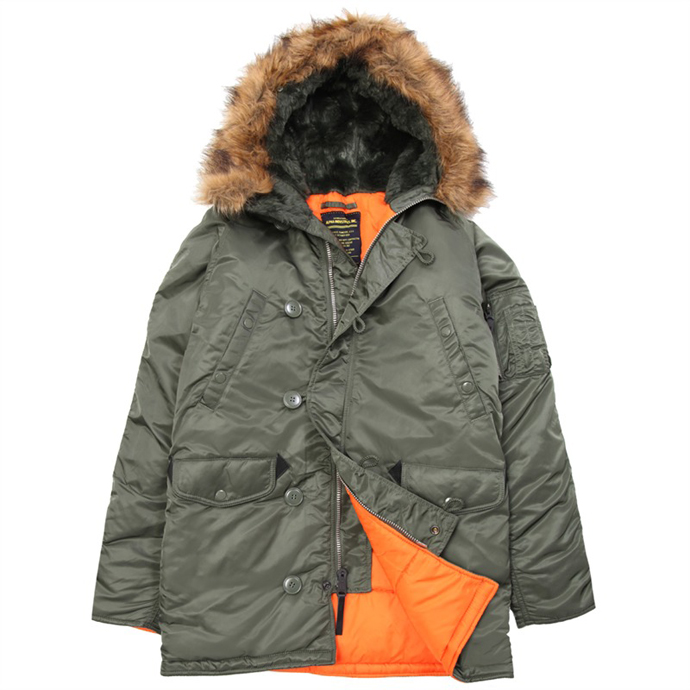 Alpha Industries (might as well go with the original).
Alpha Industries (might as well go with the original).
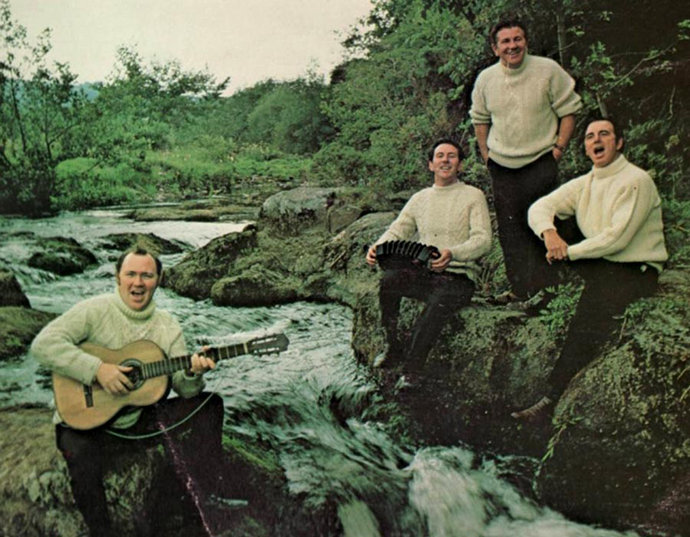 The Aran Sweater
The Aran Sweater
Origin: Yes, the fisherman sweater. These were first hand-knitted by locals on an island six miles off the coast of Ireland (that’d be Aran) as a means of expanding the economy beyond fishing. The main customers included... fishermen. The various cable knits and patterns on each sweater actually carried symbolic meaning.
You could: Be photographed in black and white, hauling in a length of sturdy rope from somewhere in the sea.
You will: Opt for a simple jumper version, toss it over a darker button-down and beneath a wool sport coat. Add scarf and knit cap for effect.
Here’s a good one:
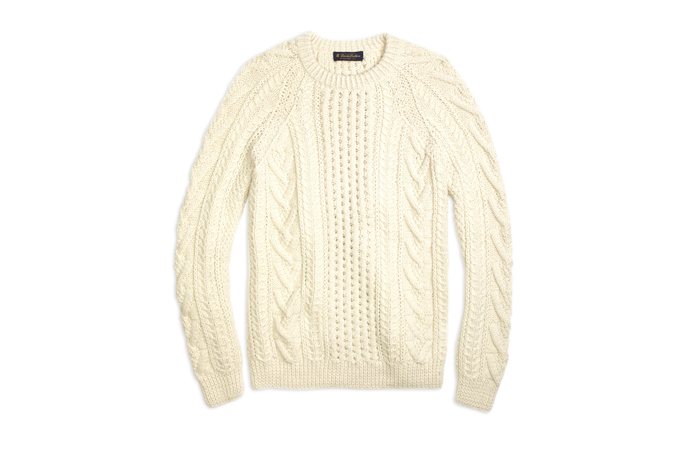 Brooks Brothers
Brooks Brothers
Winter has its own set of pantheonic heroes. And despite a certain open-source encyclopedia’s claims that one of the following items “became unpopular and was associated with geeks and nerds” in the ’80s, time has shown them to be fundamental to getting through the dark, cold months. Here’s a brief education on three of the all-time winter classics.
 The Bean Boot (Maine Hunting Shoe)
The Bean Boot (Maine Hunting Shoe)Origin: Also widely known as the Duck Boot, it’s probably the most recognizable piece of winter gear out there, worn by women and men alike. It was designed in 1911 by Leon Leonwood Bean (no wonder he just used the initials) himself as a means of keeping his feet dry on hunts. It’s one of the world’s few essentially flawless designs and it still regularly sells out.
You could: Track a bull moose for three days, living on nothing but your wits and some meat you cleaned and dried yourself.
You will: Arrive at the office with dry, toasty socks, and continue on with your day.
Here’s a good one:
 Well, there’s just the one.
Well, there’s just the one. The Snorkel Parka
The Snorkel ParkaOrigin: The modern version was created for the US military in 1959 by Alpha Industries and meant to be worn by pilots and ground personnel in climates as low as minus 60 degrees F.
You could: Hike to the South Pole.
You will: Bravely forego cabs, cars or public transportation and make treks of up to a third of a mile through the harsh brumal conditions of your particular urban center.
Here’s a good one:
 Alpha Industries (might as well go with the original).
Alpha Industries (might as well go with the original). The Aran Sweater
The Aran SweaterOrigin: Yes, the fisherman sweater. These were first hand-knitted by locals on an island six miles off the coast of Ireland (that’d be Aran) as a means of expanding the economy beyond fishing. The main customers included... fishermen. The various cable knits and patterns on each sweater actually carried symbolic meaning.
You could: Be photographed in black and white, hauling in a length of sturdy rope from somewhere in the sea.
You will: Opt for a simple jumper version, toss it over a darker button-down and beneath a wool sport coat. Add scarf and knit cap for effect.
Here’s a good one:
 Brooks Brothers
Brooks Brothers






